Endovascular Techniques in Mesenteric Ischemia
- Endovascular therapy (EVT) has become the first-line treatment of choice for revascularization in chronic mesenteric ischemia. It offers better short-term morbidity over open repair but does have a decreased long-term primary patency, requiring higher rates of reintervention. Reintervention is associated with low mortality and excellent symptom improvement. Secondary patency is similar between open repair and EVT.
- EVT has become the first-line treatment of choice for acute mesenteric ischemia in some centers with skilled interventionalists. This has reduced the need for laparotomy in patients presenting without peritoneal signs and suspicion of bowel necrosis. A high index of suspicion should remain in these patients, and hesitation should not be made for laparotomy should the patient decline clinically.
- Retrograde open superior mesenteric stenting during laparotomy has provided an alternative to surgical bypass in the critically ill patient with AMI. This technique allows inspection and resection of the nonviable bowel.
- Currently accepted surveillance duplex ultrasonography (DUS) criteria for native mesenteric arteries have a poor correlation with in-stent restenosis after mesenteric angioplasty and stenting. Given the high rate of recurrence, lack of accepted DUS criteria can make clinical decision making difficult regarding reintervention. New velocity criteria have been proposed but require validation in individual laboratories.
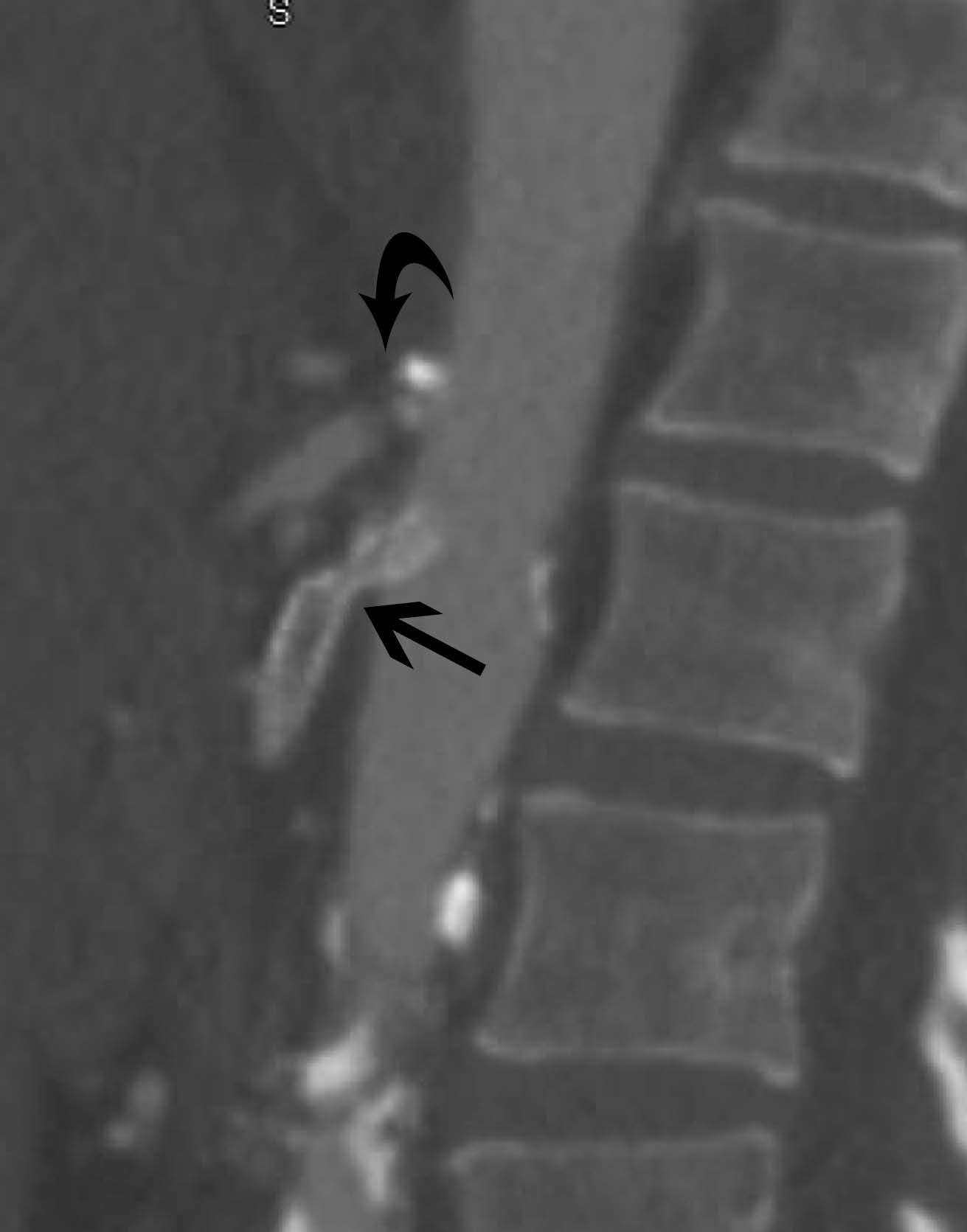
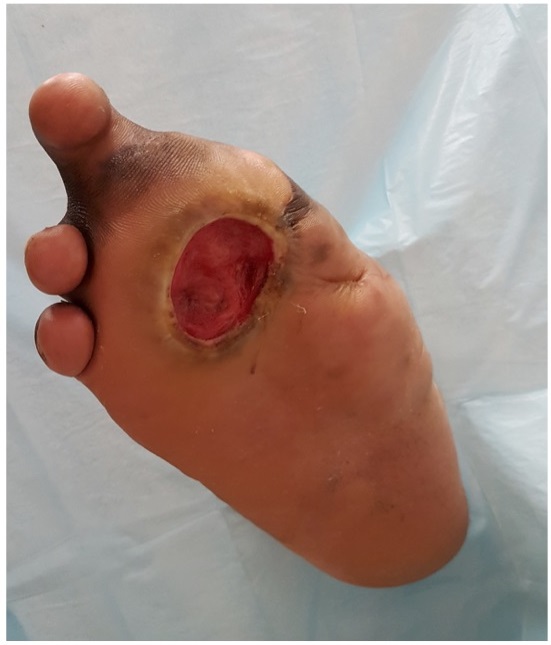
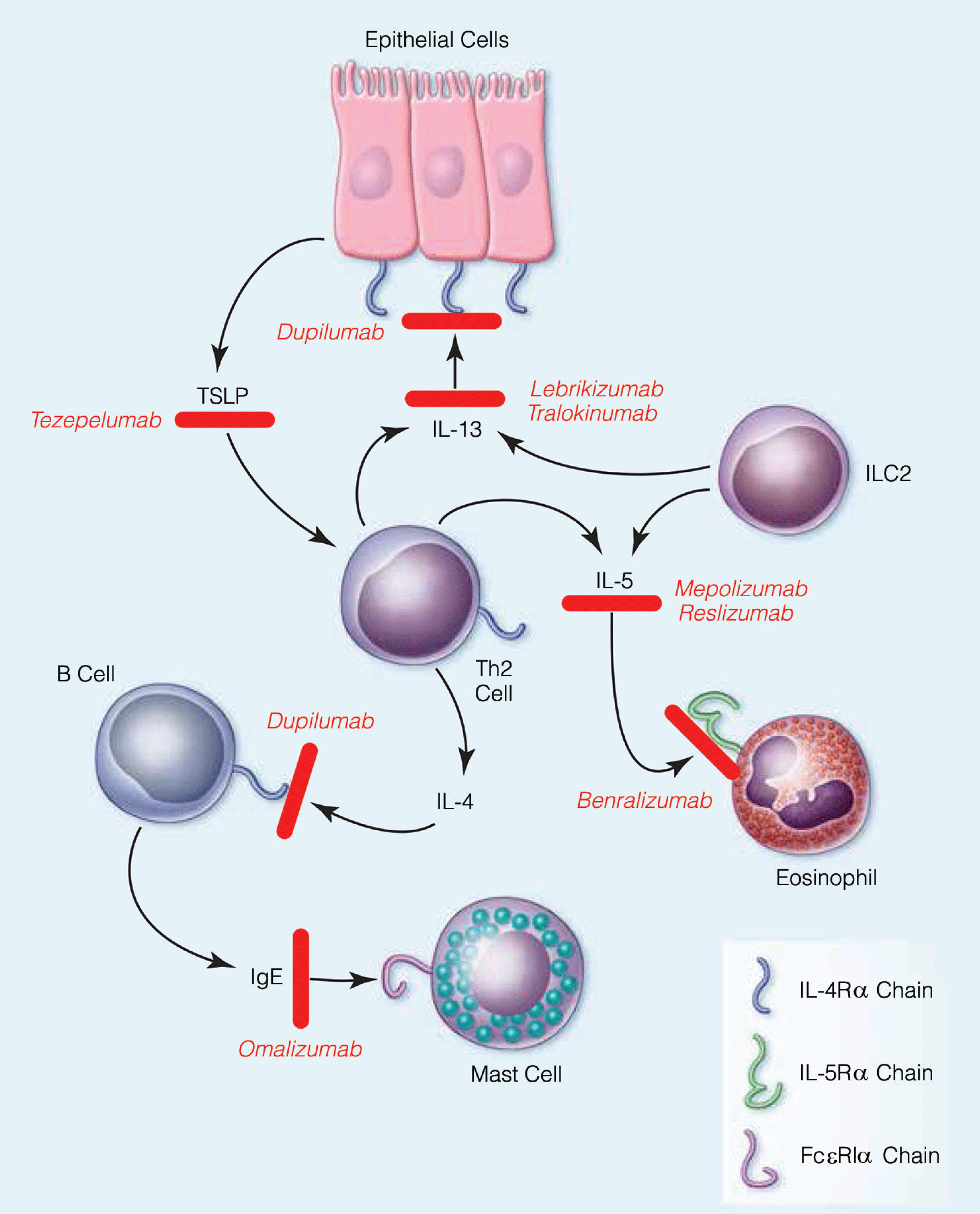
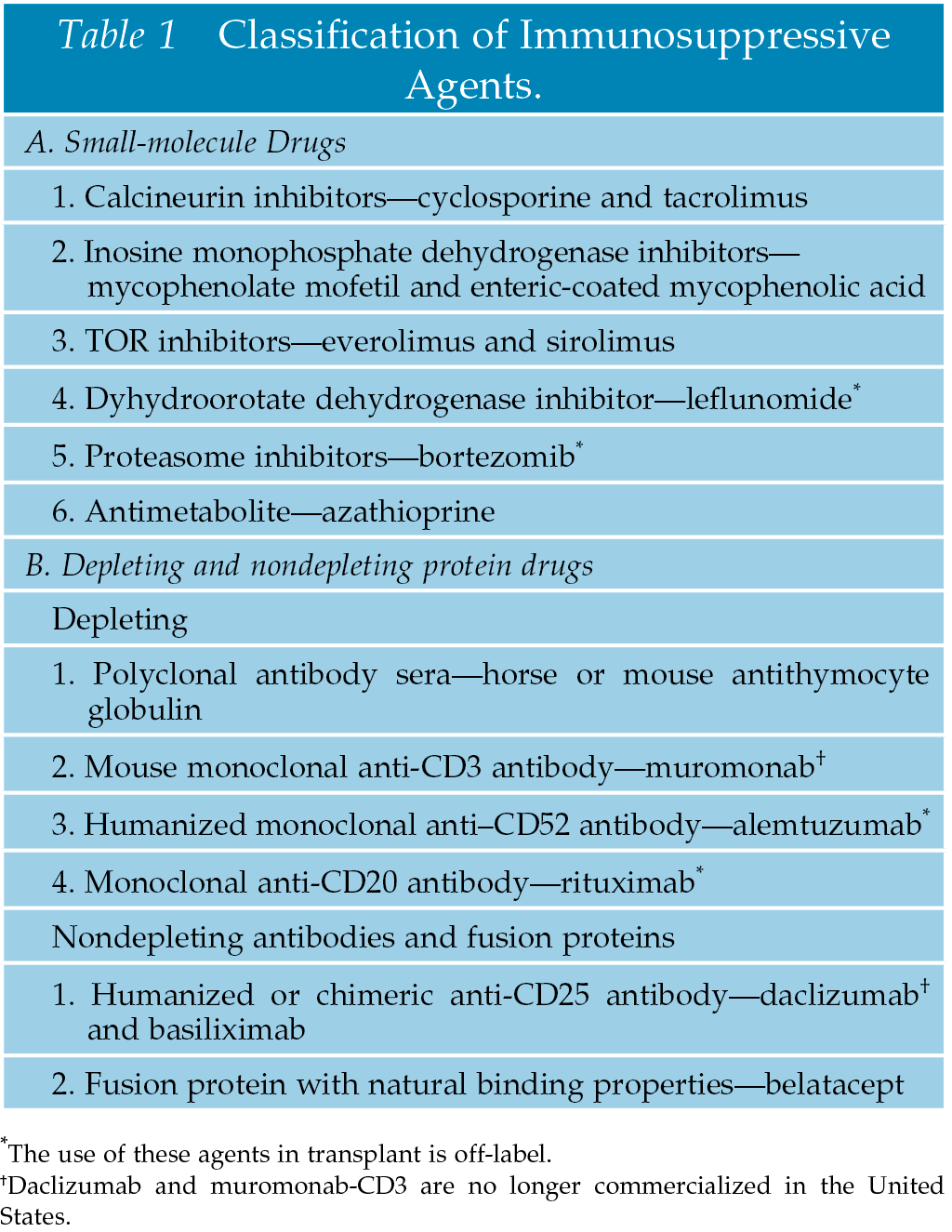
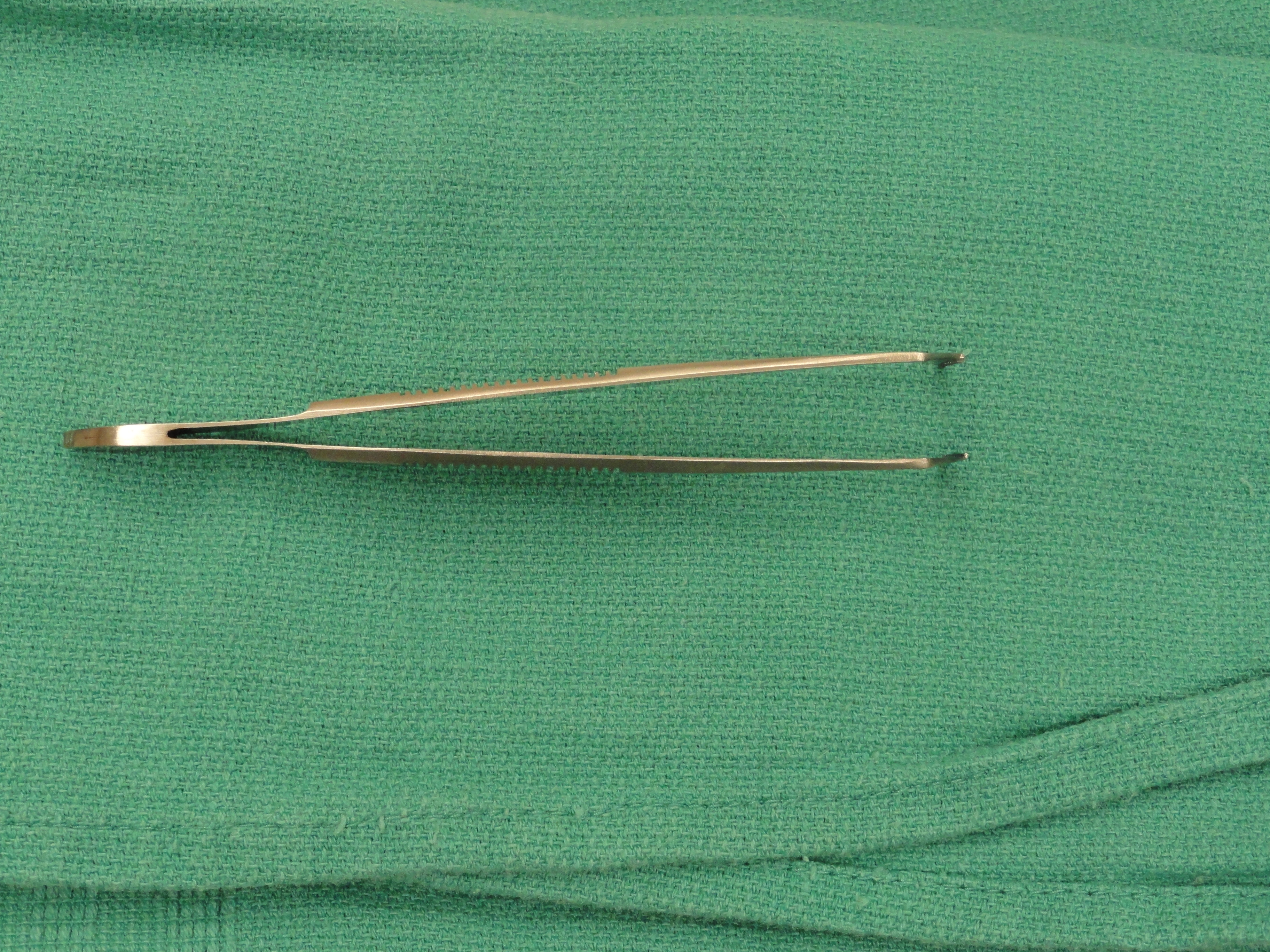
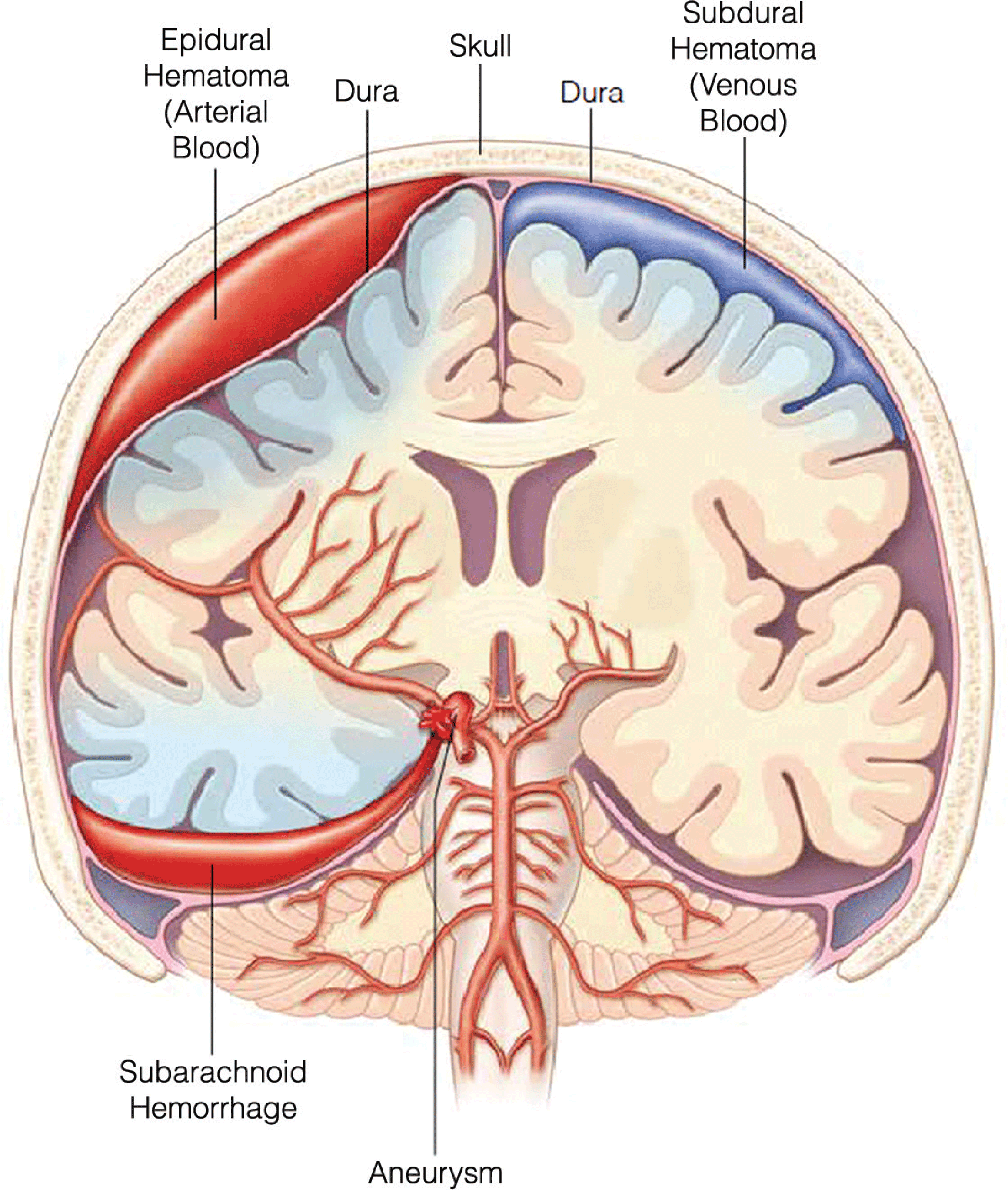
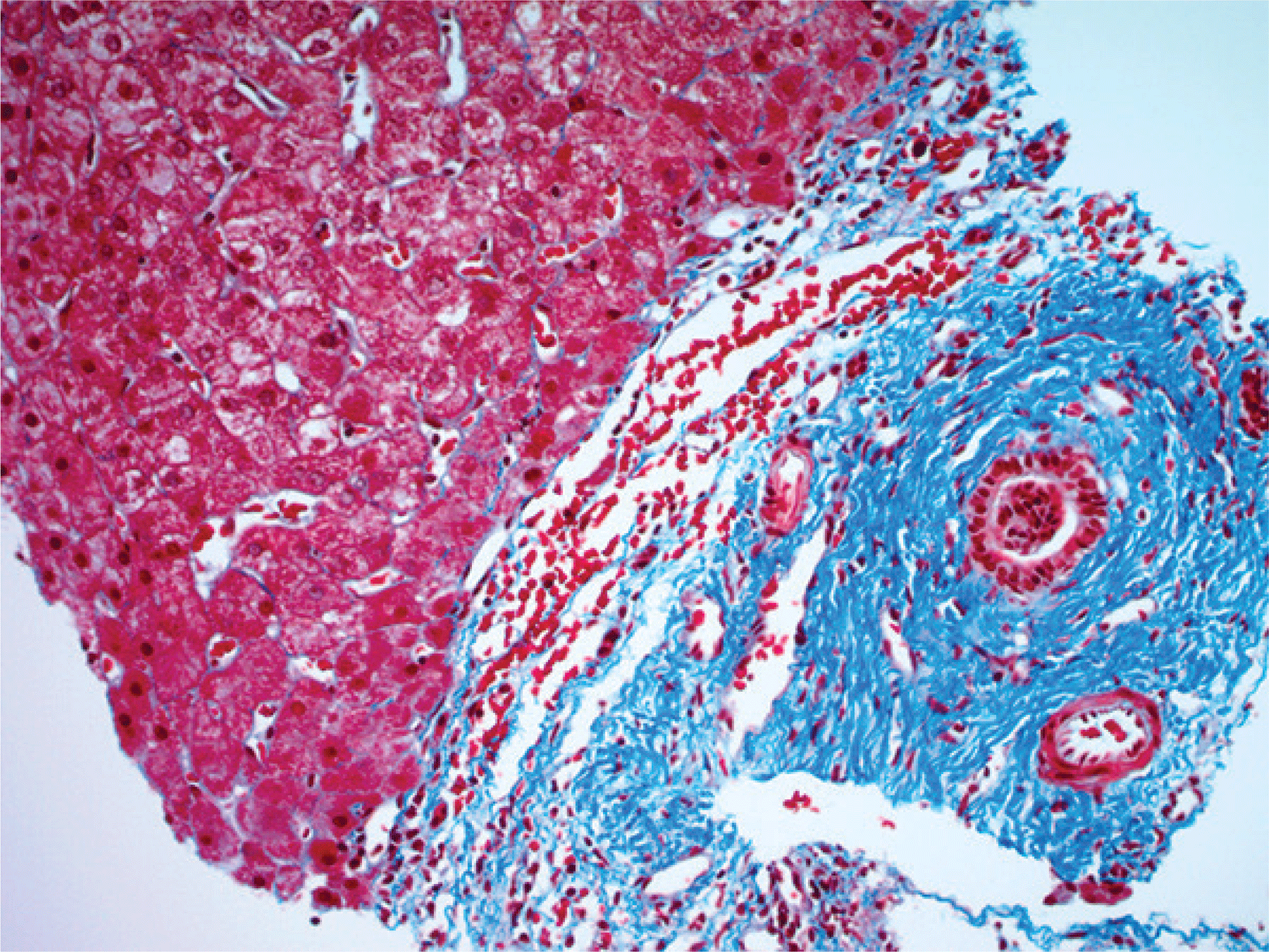
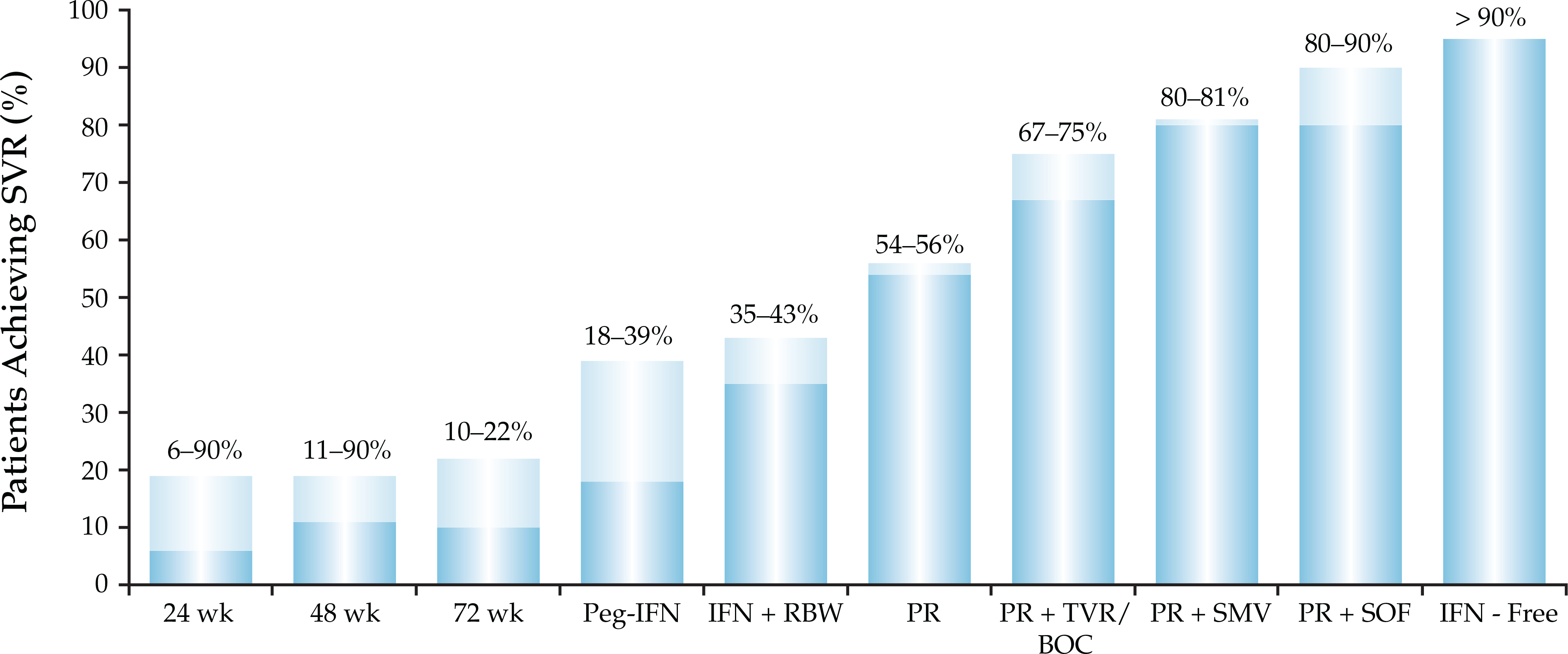


.png)







